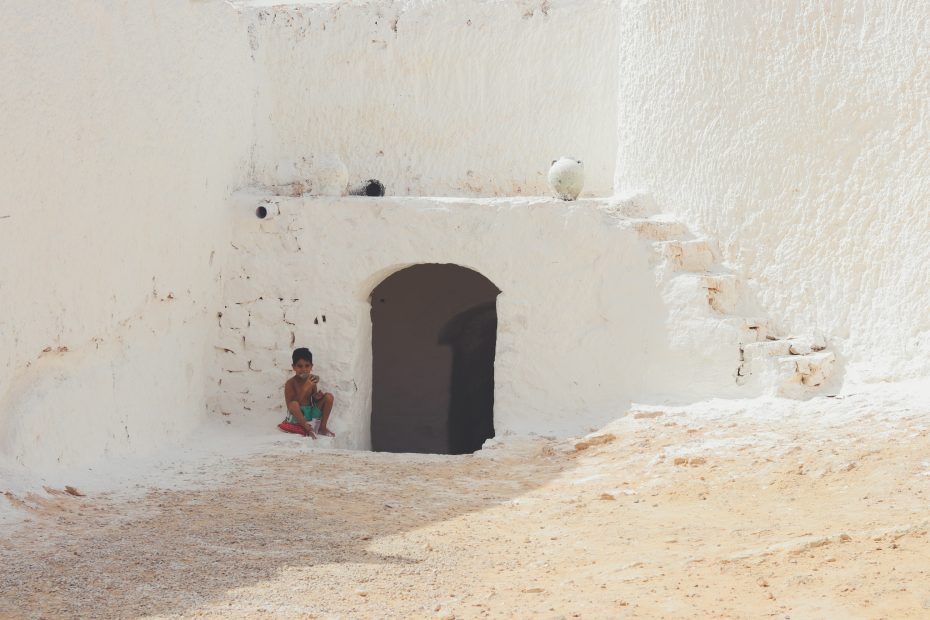Table of Contents
Introduction
Tunisia has a fascinating history of Byzantine rule. As part of the Byzantine Empire’s Exarchate of Africa from 533-695 AD, several areas of modern-day Tunisia experienced over 150 years of Byzantine administration and culture. This left an indelible impression, with many archaeological sites and artifacts speaking to Tunisia’s Byzantine past. From magnificent churches and mosaics to influences on architecture and urban planning, the Byzantine era has shaped Tunisia’s cultural heritage. Let’s explore some of the key facets of Tunisia’s rich Byzantine legacy.
Main Byzantine Sites in Tunisia
Carthage
As the capital of the Exarchate of Africa, Carthage was the center of Byzantine rule in Tunisia. Though the Romans had destroyed ancient Carthage centuries earlier, the city was rebuilt and thrived during the Byzantine period. Today, Carthage is home to many archaeological treasures such as the magnificent Saint Cyprian Cathedral with its stunning floor mosaics. The baptistery and basilica at Damous El Karita also showcase Byzantine artistry.
El Jem
The town of El Jem holds the incredibly well-preserved remains of a massive 3rd century Roman amphitheater. During Byzantine times, the amphitheater was adapted for use for Christian rituals and ceremonies. Chariot races were held, mimicking Byzantine traditions in Constantinople. El Jem’s amphitheater stands as one of the most iconic sites of ancient Roman and Byzantine civilization in Africa.
Sbeitla
Sbeitla contains the ruins of Byzantine Christian basilicas dating to the 6th century AD. The basilicas feature columns taken from ancient Roman and Punic sites nearby. With colorful floor mosaics and baptisteries, these basilicas offer insight into Christian architecture under Byzantine rule. Sbeitla is now a UNESCO World Heritage Site.
Architecture and Mosaics
Byzantine architecture in Tunisia combined influences from Roman styles with eastern Mediterranean church design. Churches often had central domes, arched colonnades, and intricate mosaic floors depicting Christian symbols and saints. The mosaics exhibit the iconic Byzantine style, with flat depictions of figures outlined in black on shimmering gold backgrounds. Birds, vines, and geometric patterns were also common mosaic motifs. These mosaics were created by highly skilled artisans and are astonishingly well-preserved today.
Everyday Life and Culture
Under Byzantine administration, Tunisia continued to be a part of the wider Roman civilization that had blended with Christian influences. Traditional Roman urban society was run by church officials and nobility affiliated with the Eastern Roman Empire in Constantinople. Christianity spread across the region, coexisting with the old pagan faiths. As Carthage was the seat of a metropolitan bishop, church life played an important role. Cultural life featured Roman traditions like theaters and baths along with churches and monasteries as places for gathering. The Byzantine legacy can be seen in the many stone fortifications left from their defenses against Berber raiders. Overall, Byzantine Tunisia had a multicultural society mixing Roman, Christian Byzantine, and North African cultures.
Decline of Byzantine Rule
Byzantine control of Tunisia started to decline by the late 600s AD, as the Christian empire came under increasing threat across North Africa. Tunisia was conquered by Arab armies led by Uqba ibn Nafi in 670 AD, bringing Islamic rule to the region. Carthage held out until 695 AD when Arab forces finally took the city, marking the end of the Byzantine Exarchate of Africa. This paved the way for the Umayyad Caliphate to continue the spread of Islam across North Africa.
Legacy and Influences
While Byzantine political control in Tunisia faded, its cultural legacy lived on. Byzantine architectural styles continued influencing mosque and palace design under Arab rule. Roman-Byzantine mosaics inspired new geometric and floral motifs in Islamic art. Byzantine cultures blended with the Arab, Phoenician, and Berber traditions that shaped medieval Tunisia. This unique hybrid society is exemplified in Tunisia’s UNESCO-listed medinas, such as Tunis, Testour, and Sfax. Here winding alleys lined with houses, mosques, and market stalls showcase an intricate old North African culture with traces of its Byzantine heritage.
Conclusion
Tunisia’s century and a half under Byzantine rule left behind a rich legacy still visible today. The Byzantines in Tunisia crafted stunning churches and mosaics while spreading Christianity across Roman provinces. Though the era was relatively brief, the Byzantine impact on architecture, art, urban design and culture was profound. From Carthage to El Jem, the ruins resonate with history, inviting us to study Tunisia’s colorful Byzantine chapter and how it added to the country’s diverse medieval foundations.
FAQs
What was the Byzantine Empire?
The Byzantine Empire was the eastern half of the Roman Empire, with its capital at Constantinople. It existed as an independent entity from the 5th to 15th centuries AD.
When did Byzantine rule begin in Tunisia?
Tunisia came under Byzantine control in 533 AD as part of the Exarchate of Africa. This territory was ruled by an imperial representative known as the exarch based in Carthage.
What religions existed in Byzantine Tunisia?
Christianity and earlier Roman pagan faiths coexisted in Byzantine Tunisia. As Christianity spread, some religious sites were converted into churches and cathedrals.
How did Byzantine rule end in Tunisia?
Byzantine control declined after Arab Muslim conquests began in the 600s AD. Tunisia was fully under Arab rule by 695 AD with the fall of Carthage.
What Byzantine sites can be visited in Tunisia today?
Major Byzantine sites include the ruins of Carthage, the amphitheater at El Jem, and the basilicas at Sbeitla. Many archaeological museums also house Byzantine artifacts and mosaics.
